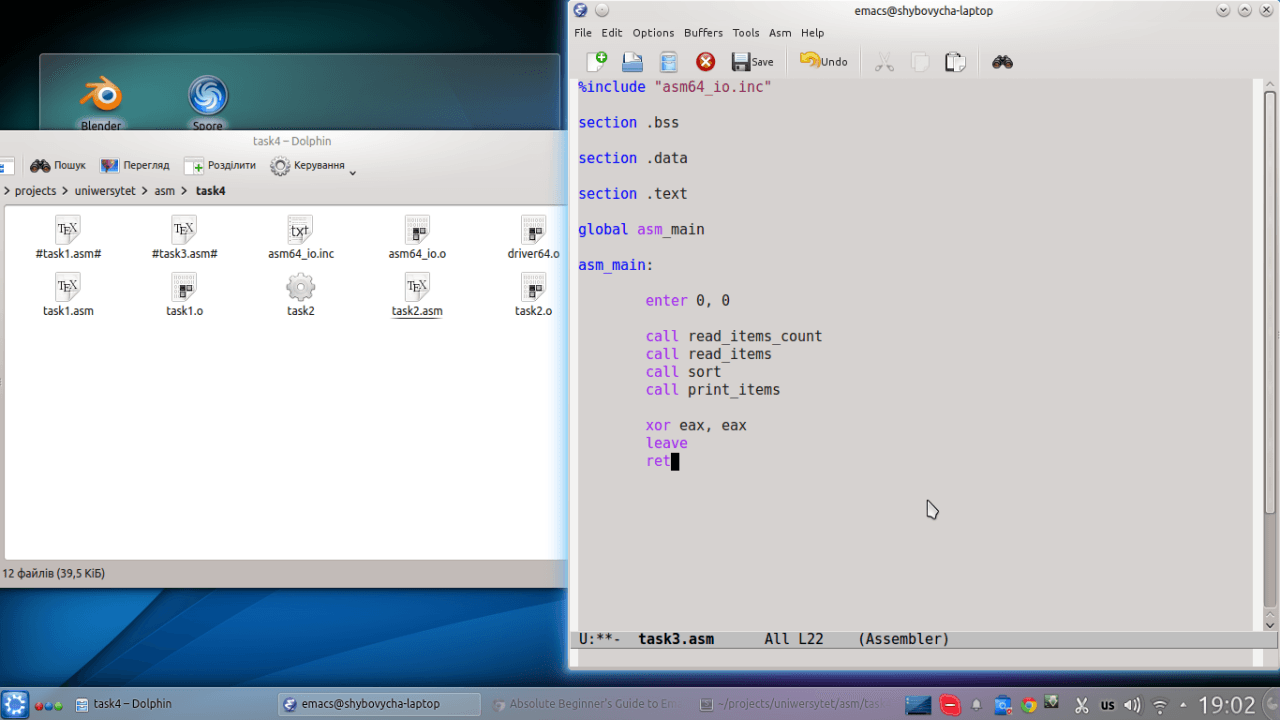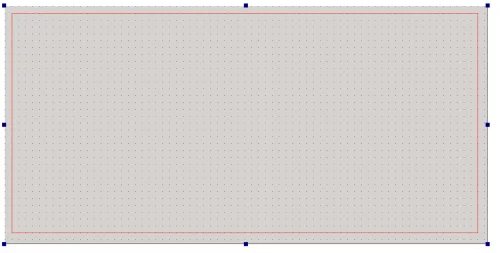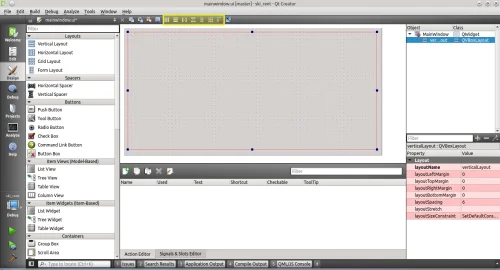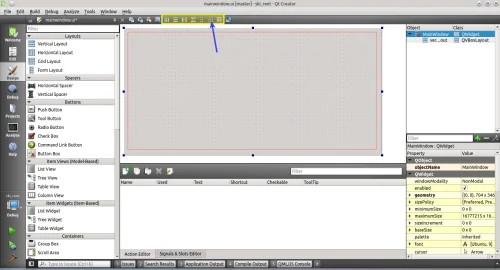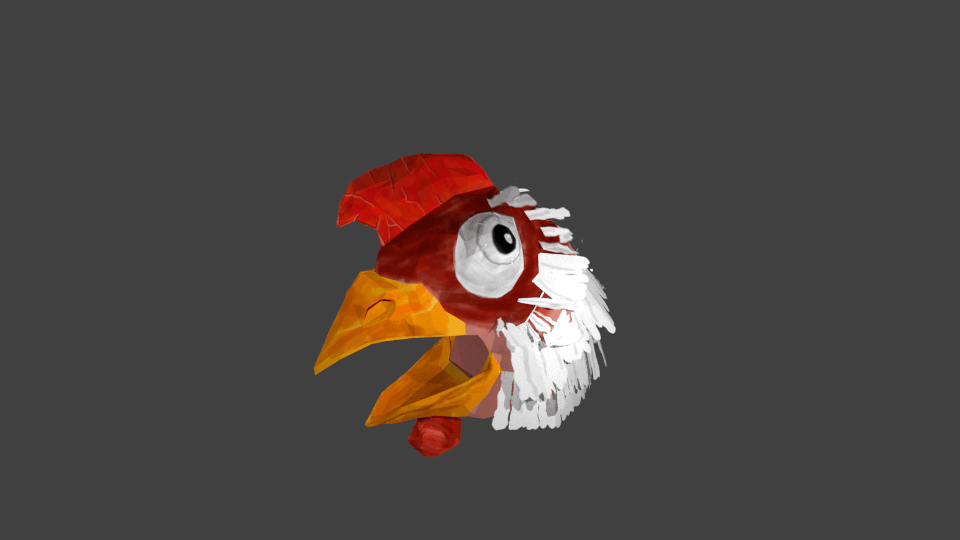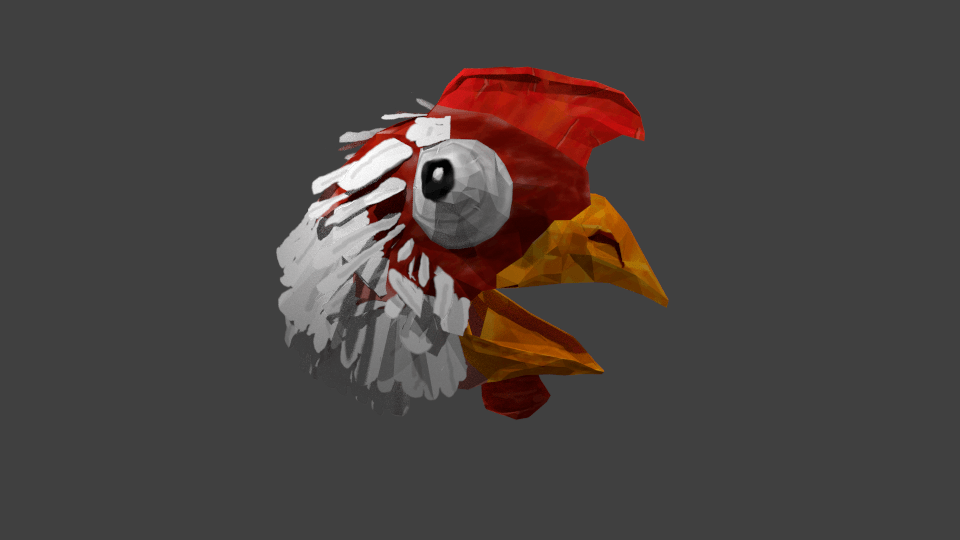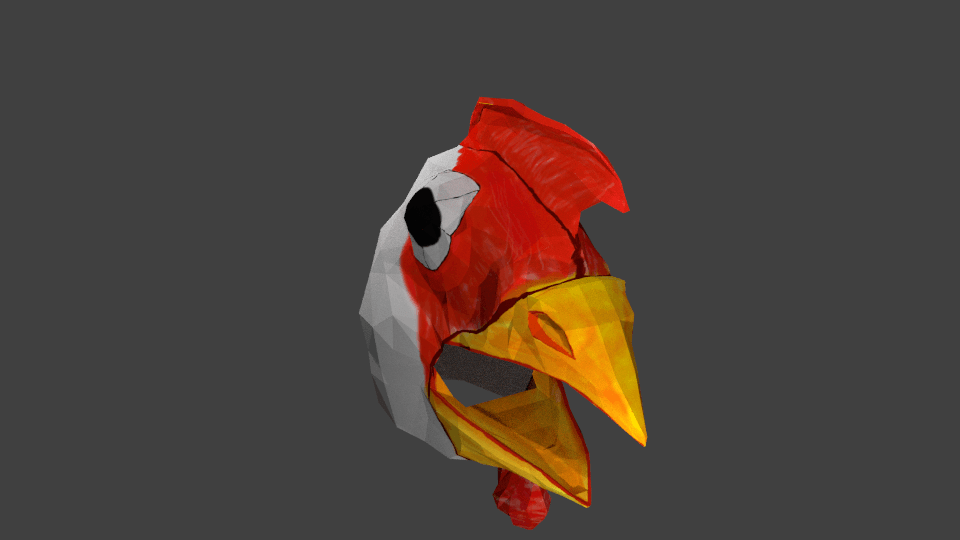Running Qt + MySQL application
Yesterday I tried to run my university project made with Qt and MySQL. But all I got was strange error message, saying QMYSQL driver is not loaded whilst loaded driver list actually included that one.
Searching all over the internet up until 2AM and recompiling the whole Qt gave no result except time being wasted. Yeah, and 90% of search results were tutorials on how to recompile Qt MySQL plugin under Windows.
Yet in the morning I found solution and it was beautifully simple! I just performed one step from Deploying Qt applications, actually just copied the plugins/ directory to the dir where the application executable lives (build-debug/ or build-release/ for my project; I hate the default build-#{ProjectName}-Desktop_5_4_1-Debug/ paths); included the sqldrivers/ directory there (just copied) and created (a bit tuned although) the qt.conf file. That file just pointed the plugins path to the custom one:
[Paths]
Prefix=.
Plugins=./plugins
To sum everything up:
- create a
plugins/directory in your build directory - copy
Qt/5.4/Src/qtbase/plugins/platforms/there - copy
Qt/5.4/gcc_64/plugins/sqldrivers/there too - create
qt.conffile in build directory and fill it as mentioned above
And one more hint before the end: to debug why your Qt plugins fail use this application startup switch: QT_DEBUG_PLUGINS=1 ./app_name - this will display plugins debug information.
